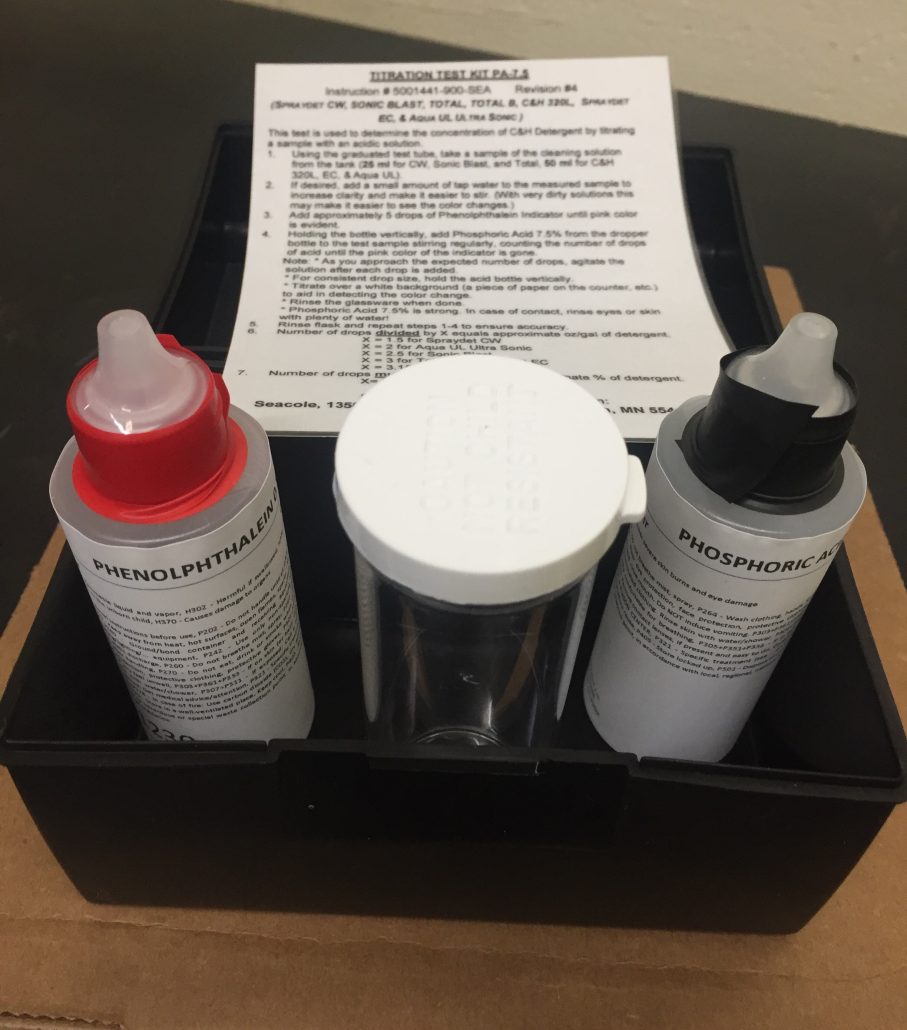
Quality assurance departments can spend a lot of time, resources, and money trying to figure out why their parts cleaning process is producing poor work. Before you invest your company’s resources running Kaizen events and implementing Six Sigma or other problem-solving tools, take a look at your chemistries.
Common Parts Cleaning Process Challenges
Many quality assurance teams discover there’s a problem in their process when poorly cleaned parts result in rework or poor performance in the field, resulting in customer complaints. They may find themselves running wash cycles longer and still find residue on parts.
An inefficient and ineffective parts cleaning process leads to higher energy and labor costs. An inefficient process can lengthen lead times in delivering parts to customers, throwing off their timelines. If your process is producing poor-quality work, it could damage your company’s reputation in your industry.
Possible Reasons for Poor-Quality Parts Cleaning
Poor-quality parts cleaning can have several different causes, but two of the biggest factors in parts cleaning are temperature and time. Seacole always suggests following the manufacturer’s operating instructions for temperature settings on their equipment. Running at the right temperature can allow Seacole’s detergents to do the hard work, resulting in cleaner parts and a shorter wash cycle.
Once your machines are effectively cleaning parts, all that soil has to go somewhere! Another significant factor is the cleanliness of the bath. If your parts are taking longer to clean, the solution of detergent is likely spent, overloaded with soil, and in need of maintenance. To keep these factors in check, and get the best value out of your investments in equipment and chemistry, Seacole strongly suggests using titration testing.
Titration Testing Rapidly Determines the Cause of Poor Quality
Titration testing measures the concentration of parts cleaning detergent in your bath water. If the concentration is too low, your parts will not be completely cleaned. Weak solutions coupled with hard water can lead to scale and lime build-up in your equipment. This can lead to costly maintenance down the road. If the concentration of detergent is too high, the detergent could damage your parts or cause corrosion on your equipment.
Using titration testing to check your detergent concentration levels can produce substantial cost savings. When you optimize your detergent concentration, you save energy and labor costs with shorter wash cycles. You may even reduce chemical use by not overconcentrating your bath water or dumping an entire bucket at once.
But even if you need to increase the concentration of detergent in your bath water, you could save money. The consequences of poor-quality parts cleaning from diluted bath water are often found in the field, after parts have left your facility. By not checking your detergent concentration, you may have to invest in rework and fend off customer complaints.
What Seacole Recommends for Optimal Parts Cleaning
Seacole offers titration kits calibrated specifically for our most popular parts cleaning chemistries. Our kits can be used up to 70 times and include step-by-step instructions. Our customer service department helps you interpret your test results and determine the optimal concentration for our application. We can also help you set up a maintenance schedule for your equipment to keep it in excellent working order.
Wondering why your parts cleaning process is producing poor-quality work? Seacole can help you diagnose and fix the problem. Seacole also offers companion products designed to enhance specific parts cleaning needs. Contact the Seacole team today to learn more about our defoamers, rust inhibitors, and boosters for cleaning carbon deposits from parts.


